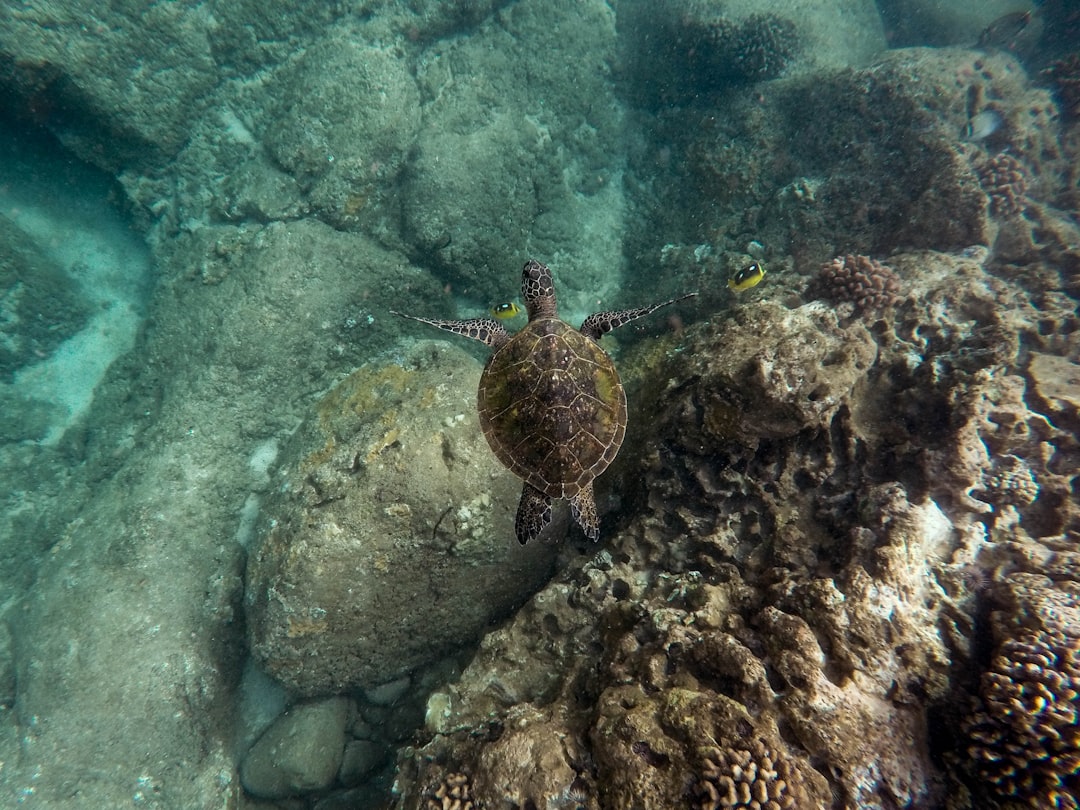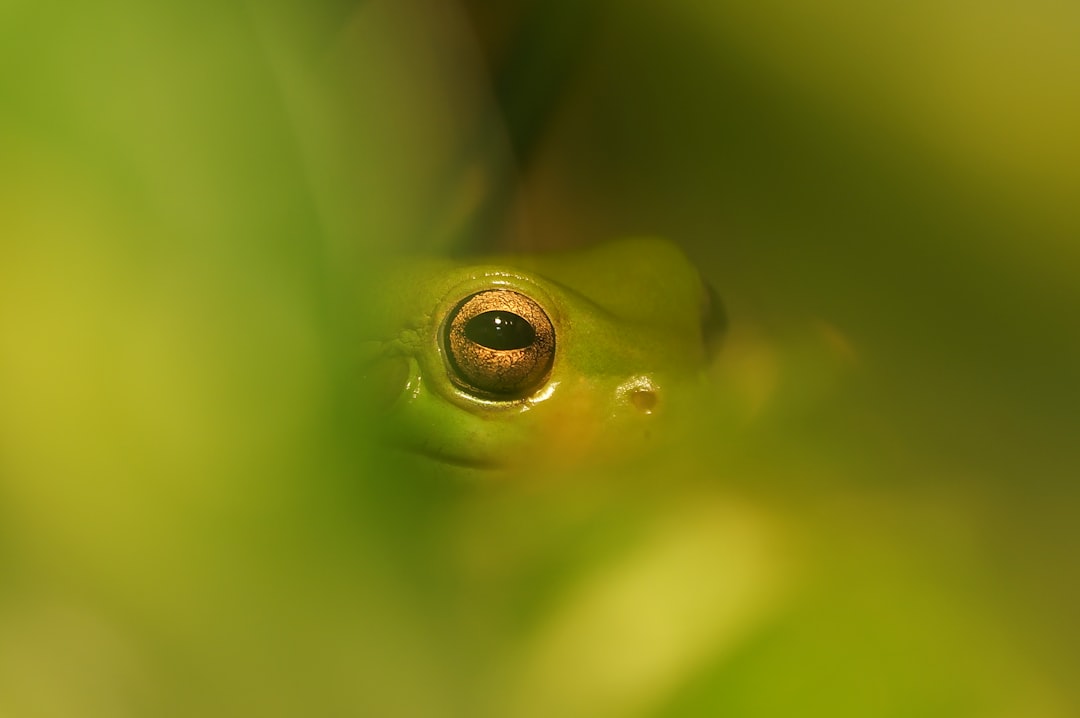What is it about?
Abundance and species richness of Heteroptera and Coleoptera increased during years with frequent extremely high flood pulses and prolonged flooding. Multivariate ordination showed subtle relationships between hydrological conditions, hydrological connectivity and insect assemblages with number of days in flood providing the best fit. Spring floods had a more pronounced effect on the assemblages than autumn floods. The time lag between flood occurrence and its apparent effect on aquatic insects was 17 to 31 days, reflecting insect life cycles. The abundance of G. bilineatus (Coleoptera: Dytiscidae) was affected by mean water level during the month preceding sampling, whereas the abundance of B. geminus (Coleoptera: Hydrophilidae) was related to the occurrence of prolonged high magnitude floods.
Featured Image
Why is it important?
The current water regime of the Danube River favours generalist species with high dispersal capacities and broad niches and food resources. Changes in flow management practices could remove the positive influence of floods on aquatic insect communities and lead to losses of threatened species that depend on these river-floodplain habitats. Our results contribute to the understanding necessary for appropriate evaluation and prioritisation of international floodplain conservation efforts.
Read the Original
This page is a summary of: Flood pulses drive the temporal dynamics of assemblages of aquatic insects (Heteroptera and Coleoptera) in a temperate floodplain, Freshwater Biology, July 2015, Wiley,
DOI: 10.1111/fwb.12629.
You can read the full text:
Contributors
The following have contributed to this page










